|
By Leah Kleiman Summer is a busy time of year on the prairie with invasive weeds sprouting up and native plants going to seed. That's why every year Nachusa hires half a dozen seasonal staff to keep up with the workload from May through November. Typically the hired staff are in their twenties and going into careers in ecological restoration/conservation. During May, June, and July we will spend the majority of our time spraying and spading invasive weeds in the hot sun to keep them from taking over the prairie plantings. Backpack sprayers are used to apply herbicide to weeds such as sweet clover and bird's foot trefoil until they start going to seed. Then we will pull them by hand. By mid-August weed season is over and it's time to focus on seed collection. As each native plant species ripens, the crew will go out and collect them by hand in buckets and barrels. We may collect anywhere between a few ounces to several hundred pounds, depending on the species size and density. After the seed is collected it will be dried on racks in our seed barn and then milled to separate the seed from the chaff. In the late fall the crew will spread the seed we collected in brand new plantings that have not seen prairie in recent years. This year we will plant several areas with a range of habitats. For the most part the seed mixes will be spread using seeders pulled behind trucks and utility terrain vehicles. The crew of 2018 has already covered a lot of ground in weed sweeps and collected some precious prairie plants. Stay tuned for another crew report in the fall! Meet this year's hardworkersNathaniel Weickert is the crew leader, and this is his second summer working at Nachusa. He is from Rockford and received his Bachelors in Biological Sciences from NIU in 2015. He hopes to acquire a Masters degree and continue working in the field of restoration and conservation. In his free time Nathaniel enjoys reading, hanging out with his friends and family, and producing art. Avery Parmiter is from Connecticut and earned her B.S. in Environmental and Natural Resource Management from Clemson University in 2015. Avery would like to continue to be based in the field of conservation and looks forward to furthering her knowledge about restoration ecology in her second year at Nachusa. In her free time she enjoys traveling and exploring natural areas. Kim Elsenbroek is from Kingston, Illinois and earned her B.S. in Plant Biology from Southern Illinois University at Carbondale in 2012 and her M.S. in Evolution, Ecology and Behavioral Biology in 2015 from Indiana University at Bloomington in 2015. She was also on the crew in the fall of 2015. Kim aspires to continue working in the field of restoration and conservation as a practitioner, researcher, and/or teacher. In her free time Kim is a dancer and dance teacher/choreographer at Dance Dimensions in DeKalb. Tyler Berndt is from Minooka Illinois. He recently graduated from Southern Illinois University at Carbondale with a BS in Zoology Wildlife Biology and is currently seeking graduate level opportunities. Tyler had previously worked at Nachusa as an undergraduate ornate box turtle technician. He values learning more about the political and interpersonal deliberations needed to connect fragmented habitats and human dominated ecosystems. Tyler would like to be a consultant or coordinator for organizations like The Nature Conservancy and the USDA Forest Service. In his free time he enjoys exploring state and national parks, historical sites, and cities. Karey O'Brien is from Minooka Illinois and graduated with a B.S. in Environmental Science from Lewis University. She recently worked at the Forest Preserve District of Will County as a Natural Resource Management Seasonal Laborer. Karey hopes to improve her plant identification skills and continue learning more about natural areas management while here at Nachusa. In her free time Karey enjoys hiking, biking, and watching movies. Leah Kleiman is a volunteer. This is her second summer working with the crew. She grew up on Nachusa and is working on her A.S. in biology at Sauk Valley Community College. Next year Leah will be transferring to Southern Illinois University at Carbondale to earn her B.S. in Plant Biology and Ecology. She plans to pursue a career in restoration/conservation. In her free time Leah enjoys sketching, hiking, swimming, and hanging out with her friends. Bios written by the individuals. Filling our backpack sprayers with herbicide before heading into the field. Once in the field, we line up and walk transects across each prairie planting searching for invasive weeds to spray. Picking violet wood sorrel (Oxalis violacea) on a remnant knob. This little prairie flower produces a seed close to the ground so spotting it can be difficult.
2 Comments
By Ryan Blackburn In the spring of 2013, I had little to no knowledge of tallgrass prairies or the various forms of life they held. I was an undergraduate at the time, and my class at Northern Illinois University had an opportunity to visit Nachusa Grasslands and receive a tour given by one of their dedicated stewards, Jay Stacy. As the class looked out across the beauty rolling over the tallgrass landscape, Jay directed our view downwards at our feet and started naming twenty or more plant species in just a little patch of dirt the size of a laptop. Jay also spoke of the rumors that bison may be coming to the landscape and how they were thought to have the ability to increase diversity of the prairie plant communities which already seemed teeming with life. This was the moment I realized that the tallgrass prairie and plant communities they held were something that I wanted to know more about. After a couple of growing seasons, a reintroduction of bison onto the landscape was accomplished, and my masters research was born. Bison are large animals that require a lot of energy, which mainly comes from one family of plants, the grasses (Poaceae). Due to this selective grazing, bison create open space in their habitats for wildflowers to take root and increase the diversity of the tallgrass prairie overall. At least this is a summary of what had been observed in the research of remnant (never-plowed) prairies west of the Mississippi River which reintroduced bison as well. In hopes to recreate this tale of romance between bison and tallgrass prairies, Nachusa Grasslands reintroduced bison to their preserve of both remnant and restored lands. The question still remained: will their diet in this new area largely be made up of grasses, and how soon would we see changes in the plant communities following their reintroduction? To study this, I looked at both bison diet and differences of plant communities between sites with and without bison over a period of two years. To figure out what the bison were eating, I used a technique called stable isotope analysis on bison tail hair pulled during the annual roundup. This allowed me to find signatures of plants within the bison hair and estimate these plants' abundance within bison diet. Better yet, I could cut bison hair into segments and look for seasonal changes. Through this analysis I was able to estimate major dietary groups of their diet between May 2016 and September 2016. I found that bison were doing what Nachusa brought them here to do: eat grasses (for the most part)! However, in late summer bison started to transition from largely grass species to wetland species and some wildflowers, something that had never been documented before. This was an unexpected shift that may lead to unforeseen consequences to wetlands, but further research is needed to speak to this. Now that we know bison are mostly eating grasses during the growing season, we want to know how this might be impacting prairie plant communities. Attempting to answer this question, I, along with a team of dedicated plant enthusiasts, counted and measured percent cover of plant species across sites with and without bison. I quantified these communities in a variety of ways and compared them to see if bison were driving any differences between the two communities. Even though the bison had only been at Nachusa for three years, there were already evident changes happening within the plant communities. As predicted, areas with bison had more variation within their plant communities and had a higher ratio of native to non-native plants than those sites without bison. Further analysis shows that both variation and native to non-native ratios may be driven by bison preference of certain species such as bluegrasses (Poa compressa and Poa pretensis) suggested by a higher occurrence of these species in sites without bison. The bison of Nachusa Grasslands were reintroduced to do a job: increase the diversity of plant communities. Though my research does not yet see an increase in diversity, it does suggest that bison are starting to go to work eating grasses and changing plant communities around them. Continued monitoring of these communities (especially those tasty wetland communities) is needed to gain a better understanding of bison impacts and how they progress in restored tallgrass prairies. Ryan Blackburn just received his M.S. degree studying bison diet and their role in the restoration of plant communities in tallgrass prairies. Ryan is also looking at grazing impacts on a landscape scale using drone aerial imagery. In 2016, he received a $1,500 Friends of Nachusa Grasslands Scientific Research Grant for his "Determining Bison Diet and Bison Effects on Vegetation in a Chronosequence of Restored Prairie at Nachusa" project.
|
Blog CoordinatorDee Hudson
I am a nature photographer, a freelance graphic designer, and steward at Nachusa's Thelma Carpenter Prairie. I have taken photos for Nachusa since 2012. EditorJames Higby
I have been a high school French teacher, registered piano technician, and librarian. In retirement I am a volunteer historian at Lee County Historical and Genealogical Society. Categories
All
Archives
January 2024
|
CONNECT WITH US |
|
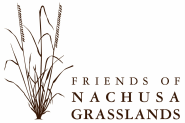
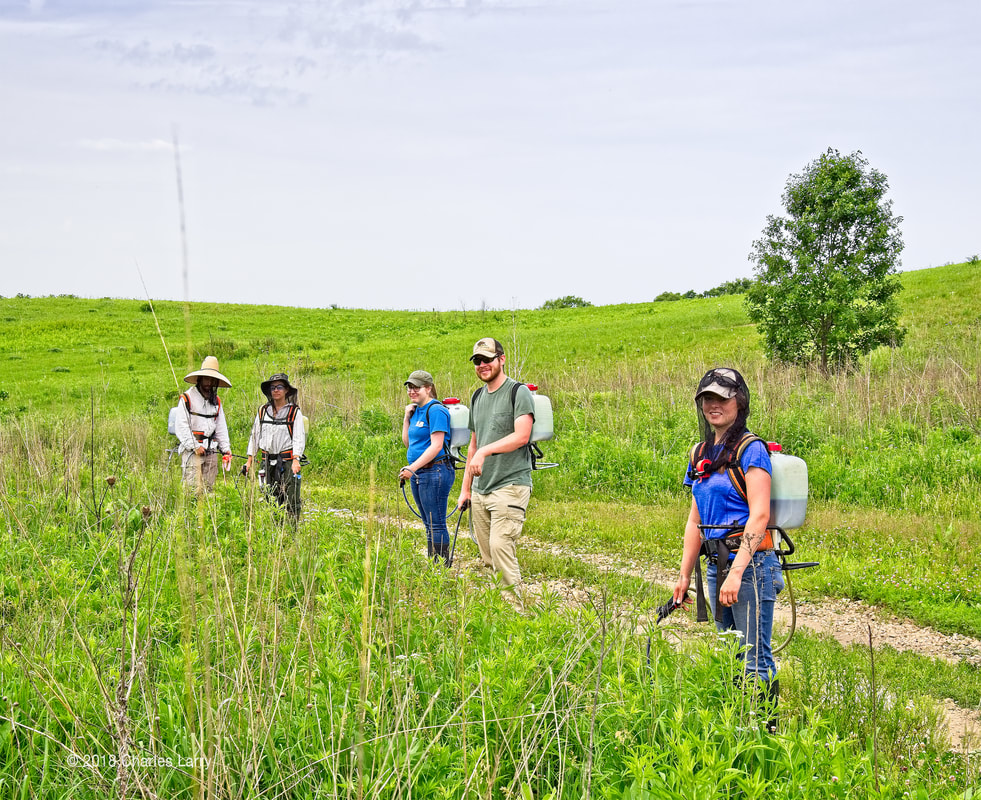
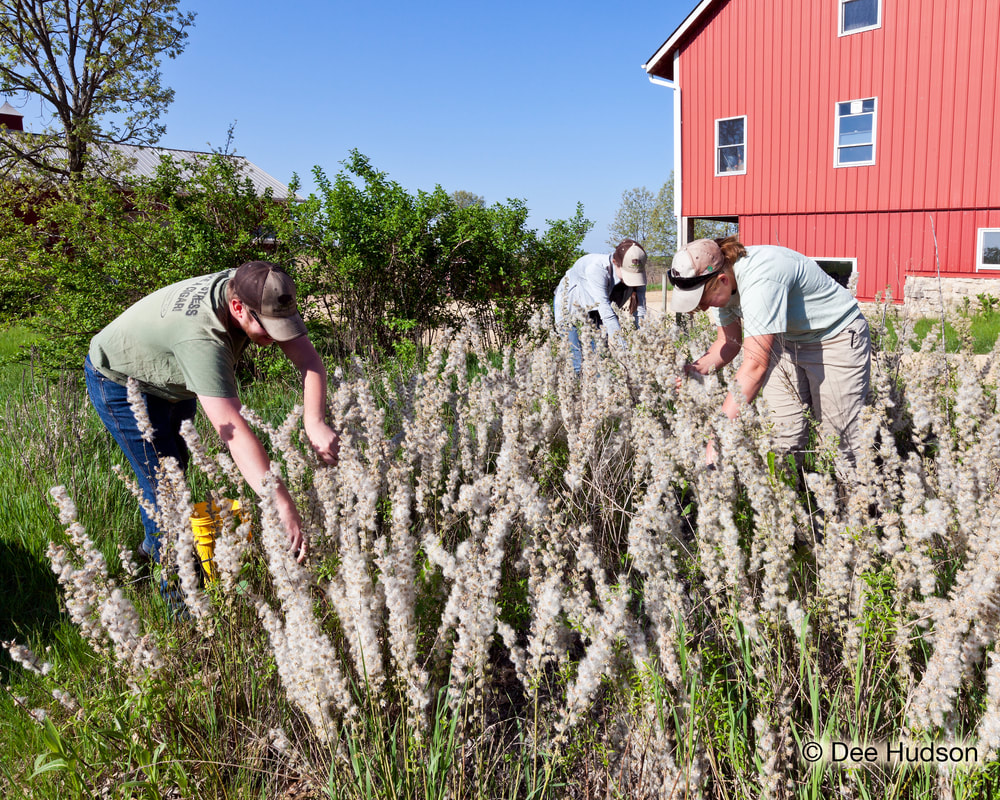
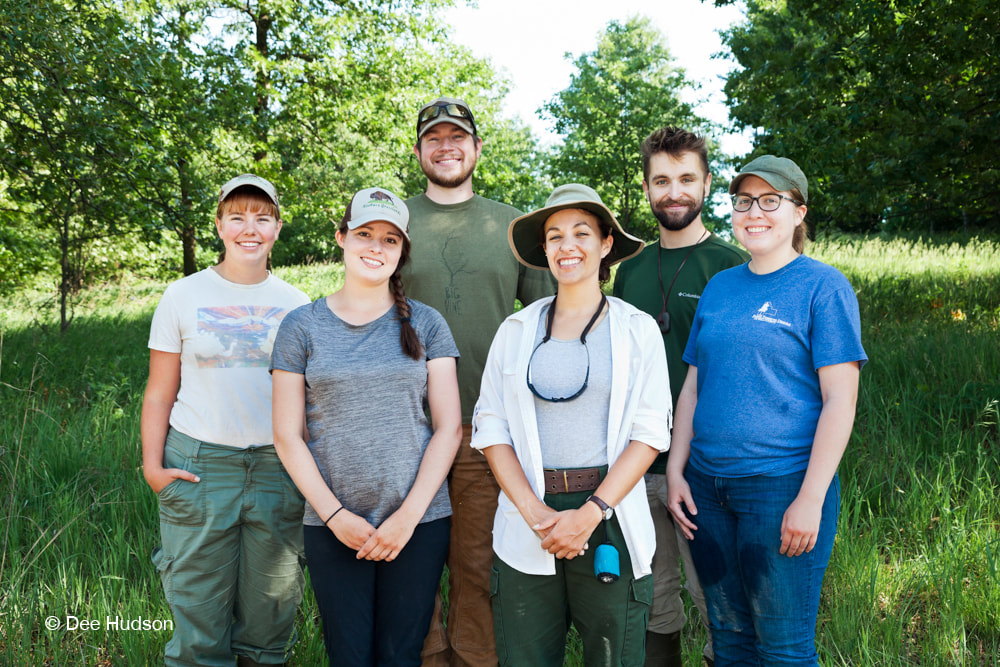
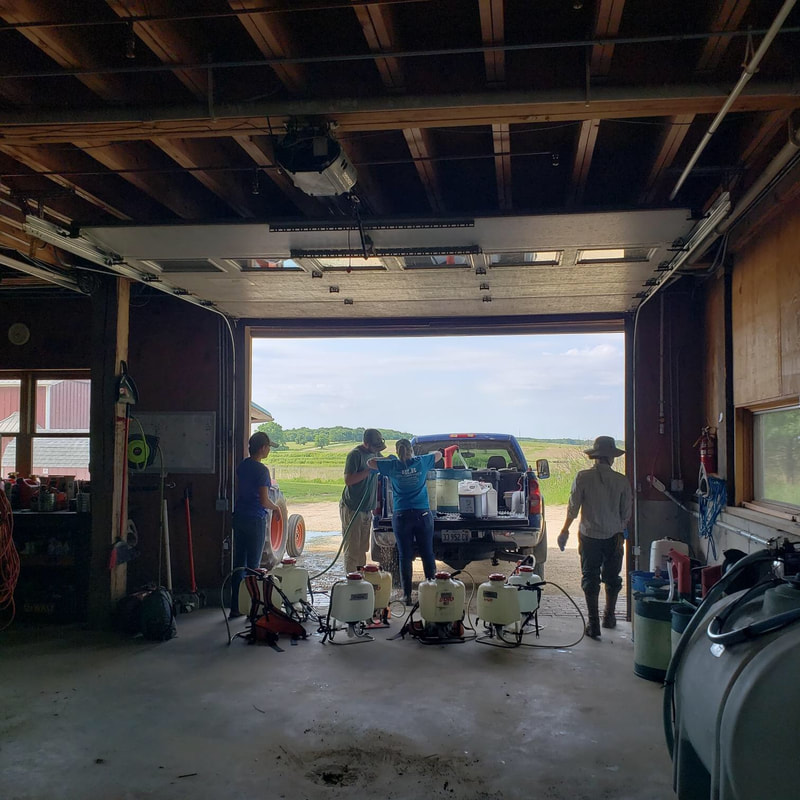
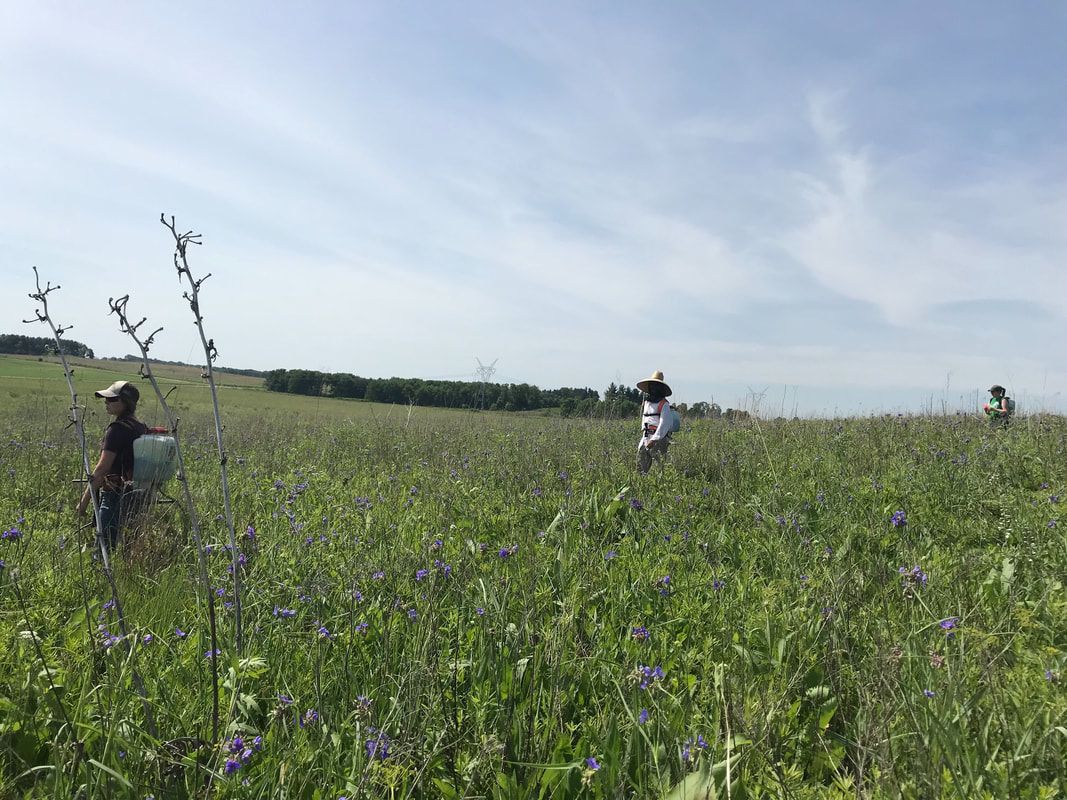
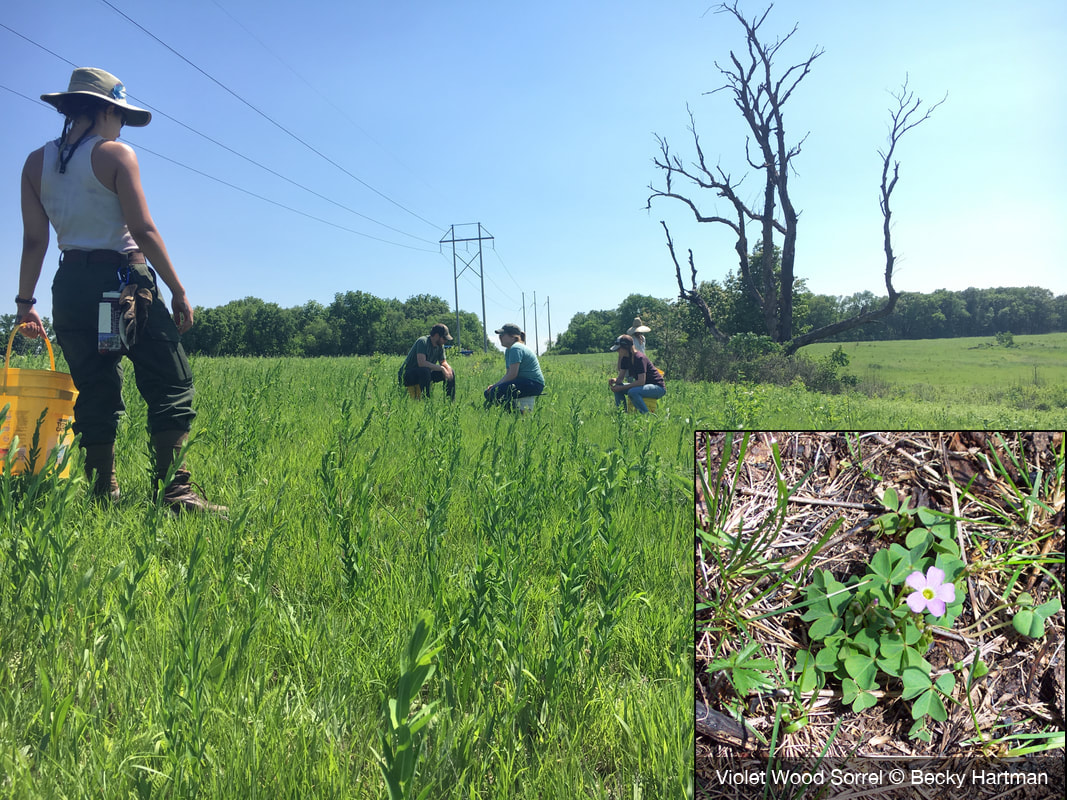
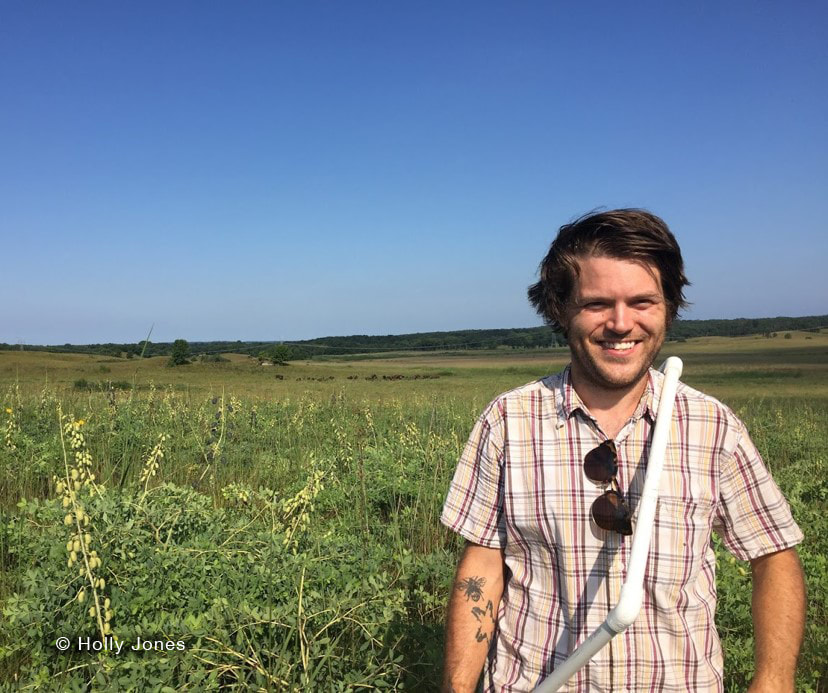
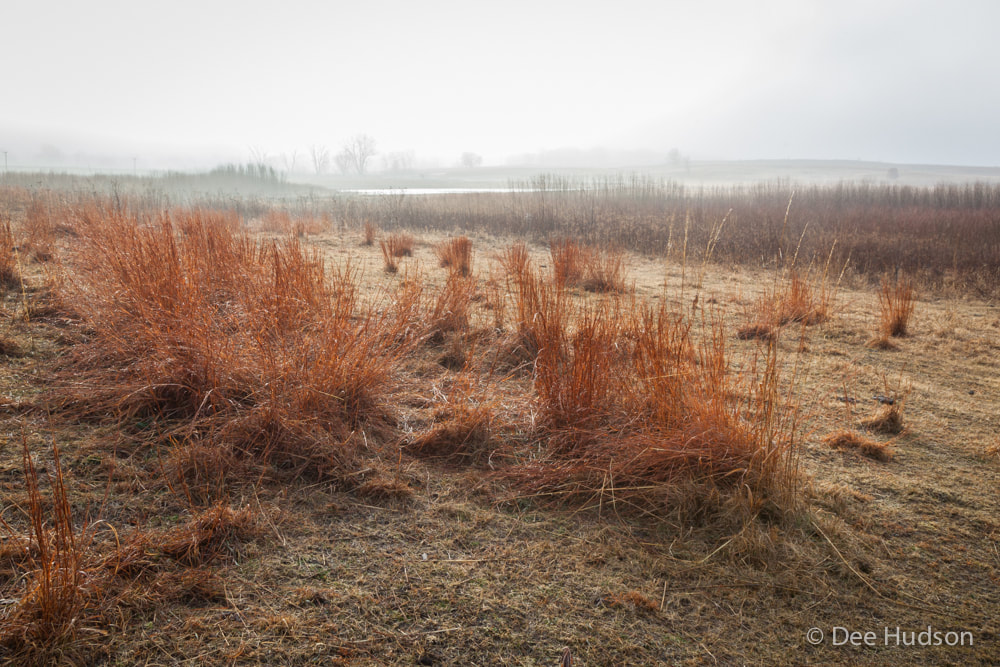
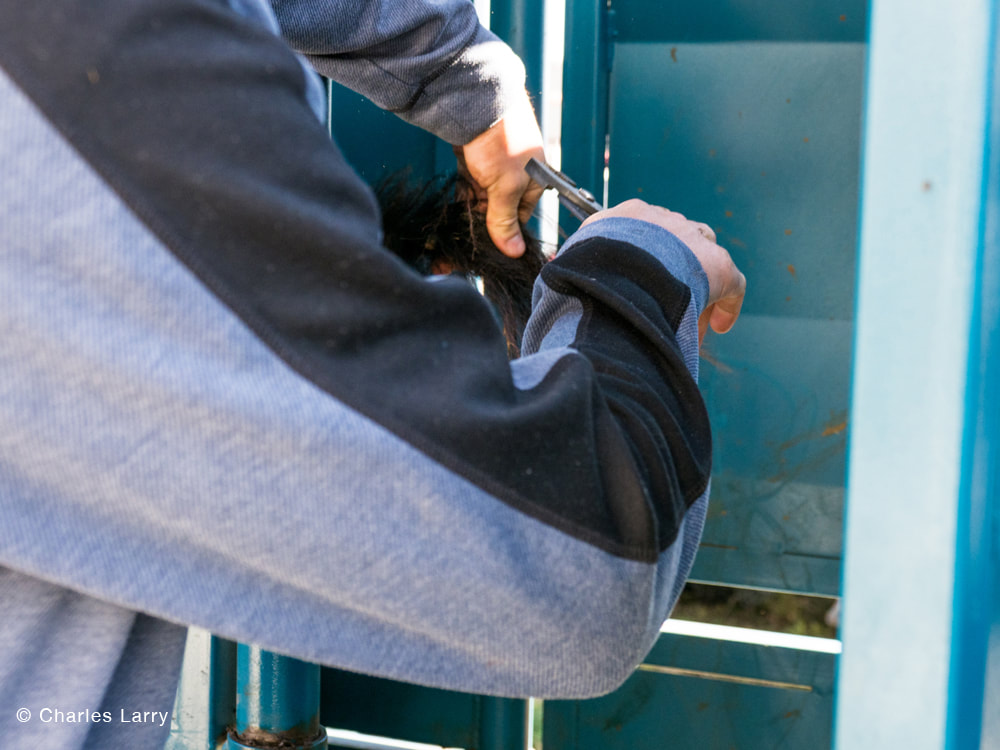
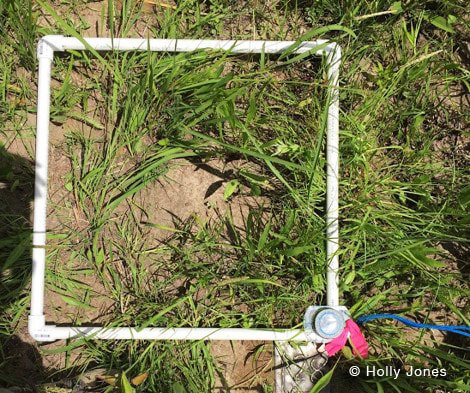
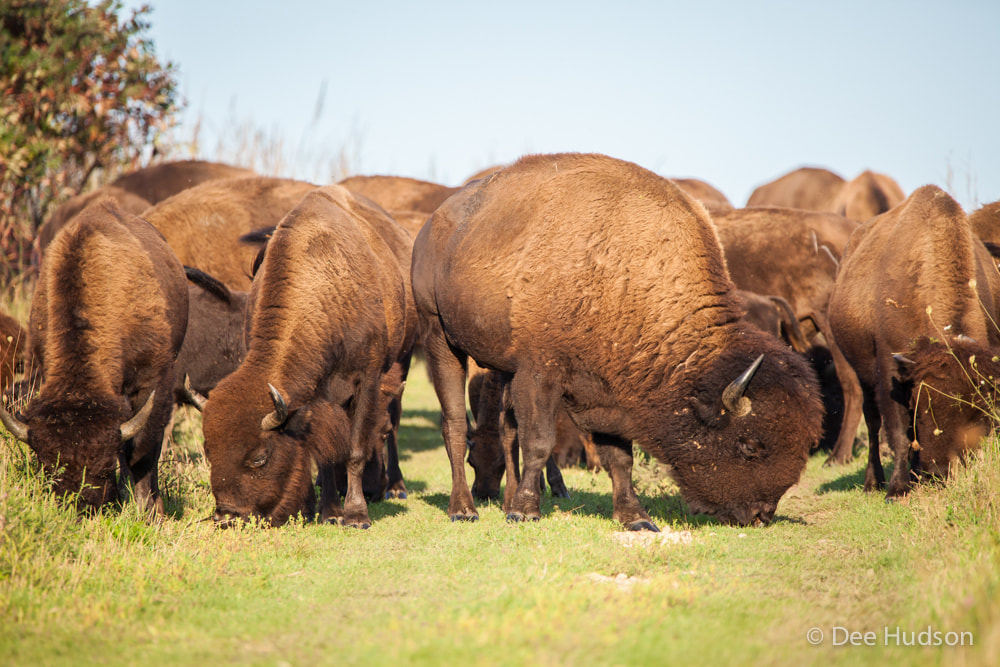
 RSS Feed
RSS Feed